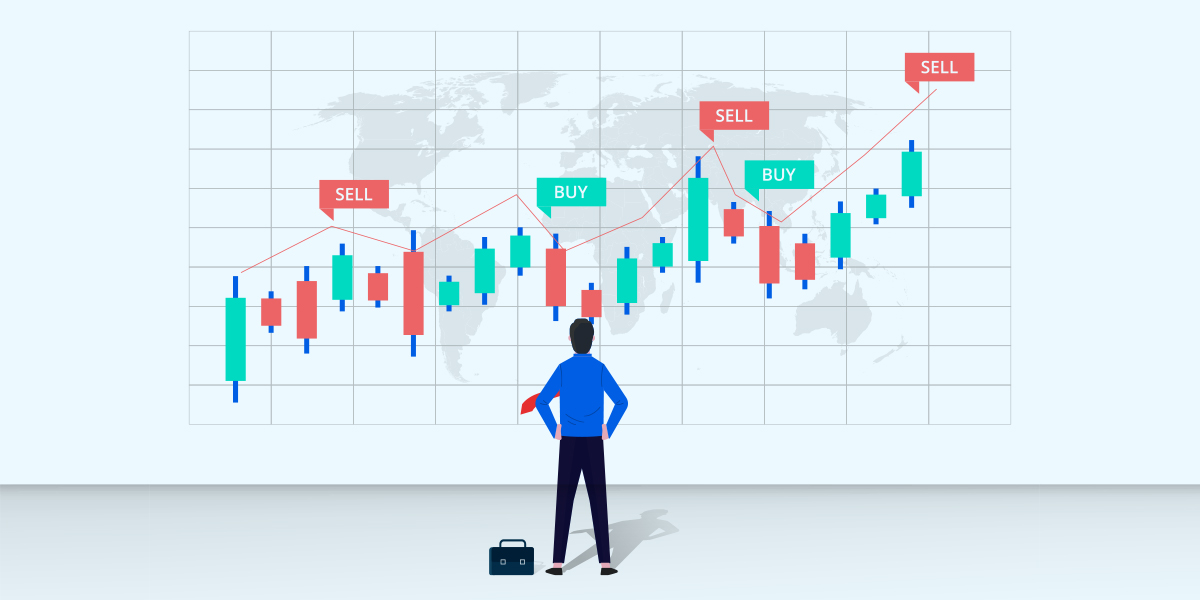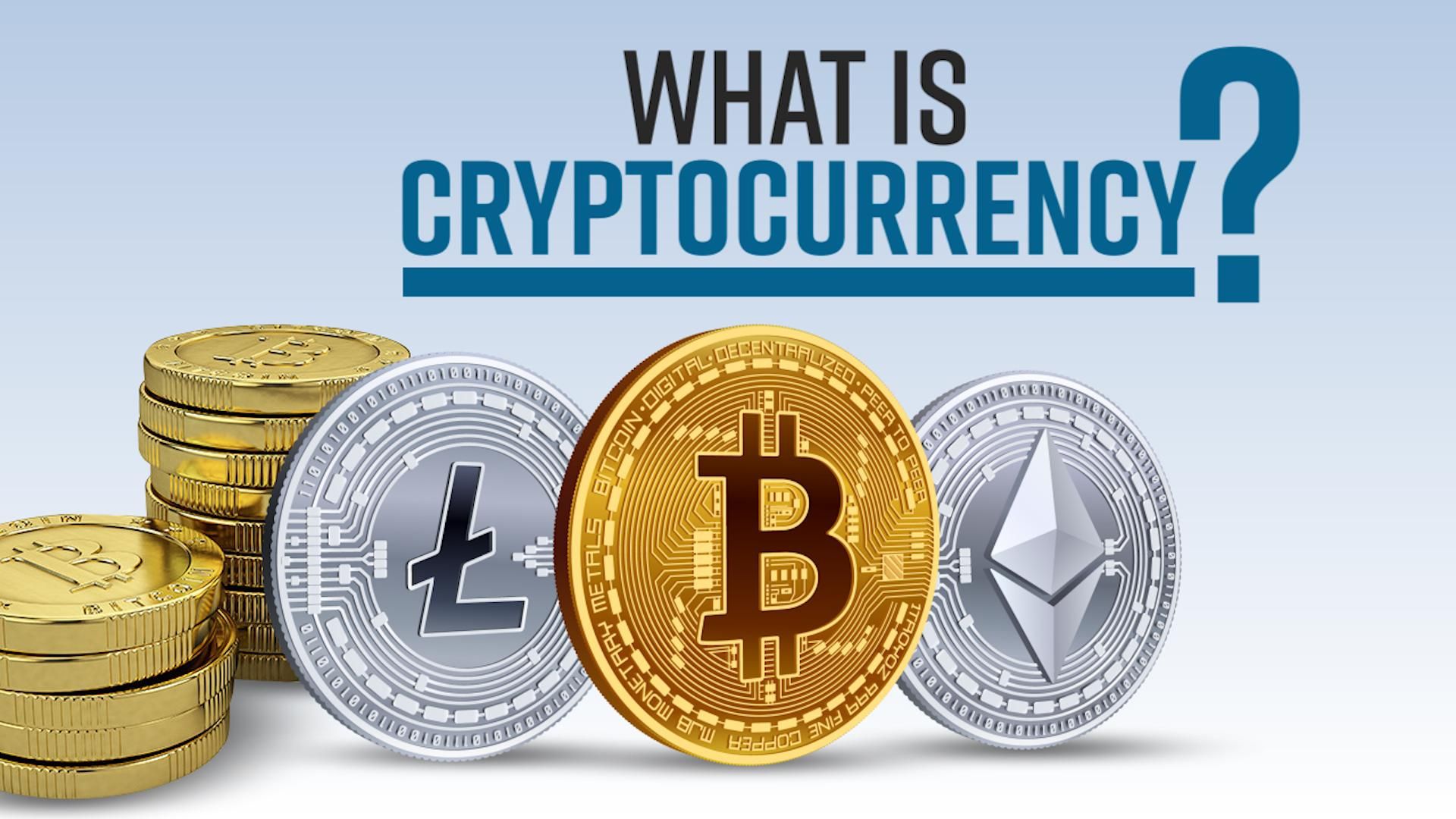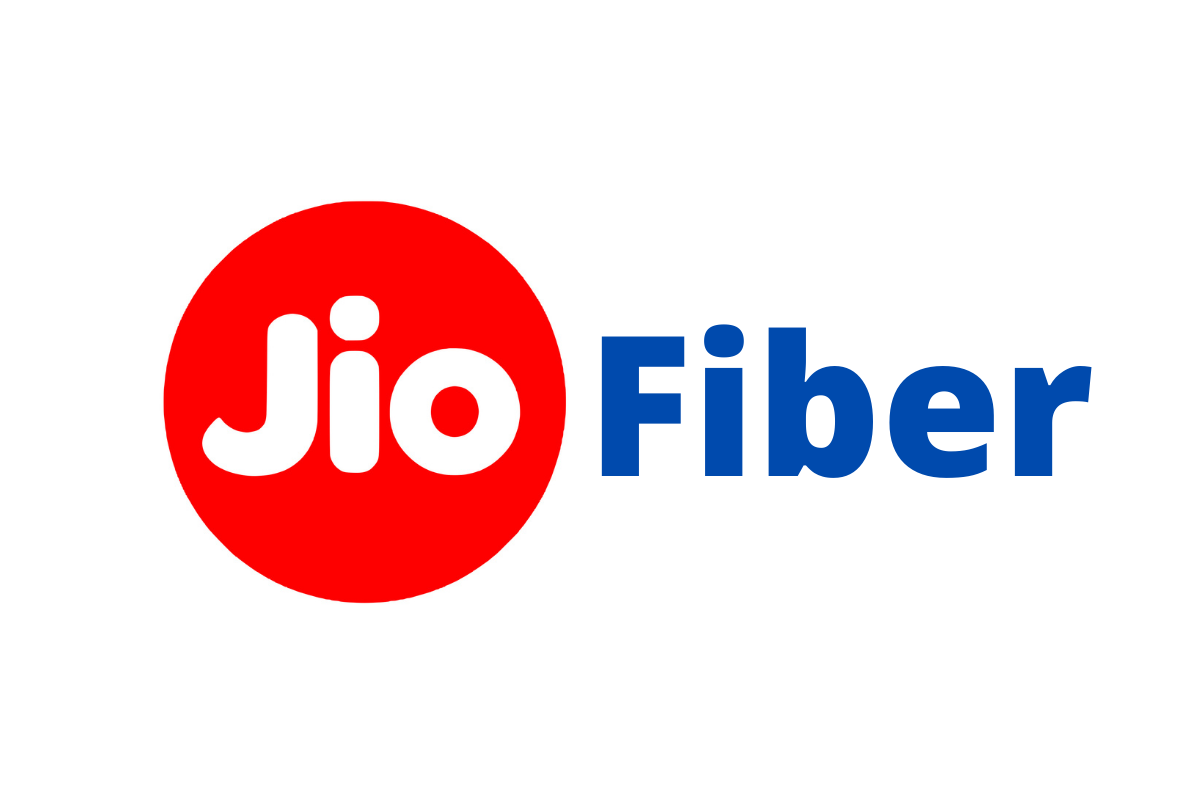what is option trading? How it works
 Introduction to Futures and Options (F&O)
Introduction to Futures and Options (F&O)
Futures and options are in a lot of hype, and all the beginners want to try them just to make money. Making money in the stock market is generally a slow process, but in options or futures trading, both big profits and big losses can happen quickly. Let’s understand what exactly options trading is in the simplest way.
What Are Derivatives?
Options and futures are derivative products of the Indian stock market. A derivative is something whose value is derived from something else. For example, if you have a cricket bat signed by Virat Kohli, its value depends on his performance. If he performs well, the bat’s value goes up; if not, the value drops. Similarly, in trading, the value of derivatives like options and futures is derived from the underlying stock.
Understanding Options Contracts
An options contract gets its value from the performance of a particular stock, such as Reliance. If it’s an options contract on Reliance, the value depends on Reliance’s stock performance. You don’t own the stock—you own the contract that gives you the right to buy or sell it.
Futures vs Options: Real-Life Example
Let’s say there is a stock worth ₹100. You believe a major announcement from head person, will drive the price up to ₹200 in the next month. You have two choices:
- Buy the stock now at ₹100. If it goes to ₹200, you profit ₹100. If it drops to ₹20, you lose ₹80.
- Use options trading: Pay a small premium (e.g., ₹10) for the right to buy the stock at ₹100 in a month. If the stock hits ₹200, your profit is huge after deducting the premium. If it drops, your maximum loss is just the premium.
Car Example for Simplicity
You want to buy a car (e.g., i10 or i20) you believe will become more valuable. You pay a token amount now (say ₹10,000) to lock the price. In a month, you can choose whether or not to buy. If it has issues, you can walk away and just lose the token.
- Futures: You are obligated to buy the car after a month regardless of its condition.
- Options: You have the right, but not the obligation, to buy. If you don’t want to, you only lose the token.
Token = Premium in Options
In options trading, you pay a token (called premium). For example, on 1st June, you pay ₹10 to lock in a price of ₹100 for a stock. On 1st July:
- If the stock is ₹200, you profit.
- If it drops to ₹20, you lose just the ₹10 premium.
Property Example
Think of booking a property. You pay a token to the broker and lock in the price. If the property’s market value rises, you benefit. If it doesn’t, you can walk away, losing only the token.
Why Options Are Safer Than Equity?
In equity, buying a stock at ₹100 can lead to a total loss if it crashes. In options, your maximum loss is the premium (e.g., ₹10). This makes options less risky in that regard.
what is intraday trading : How it works
Final Thoughts
- Futures: You must buy or sell at the contract price. Full risk.
-
Options: You choose. Maximum loss = premium.
Both tools have pros and cons. Options reduce risk by limiting losses, but they also require proper strategy and understanding. This is a beginner-friendly explanation of options trading.


